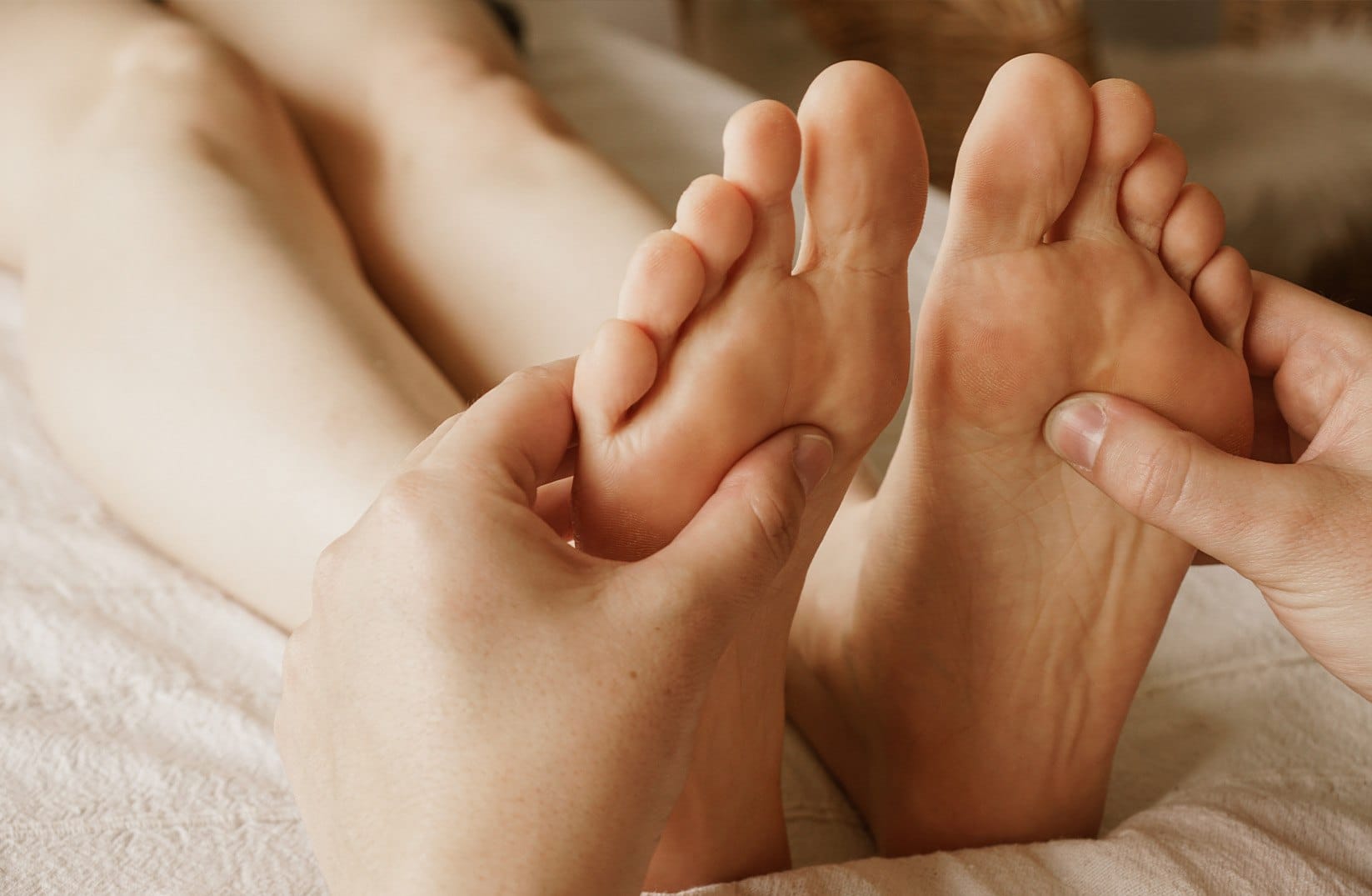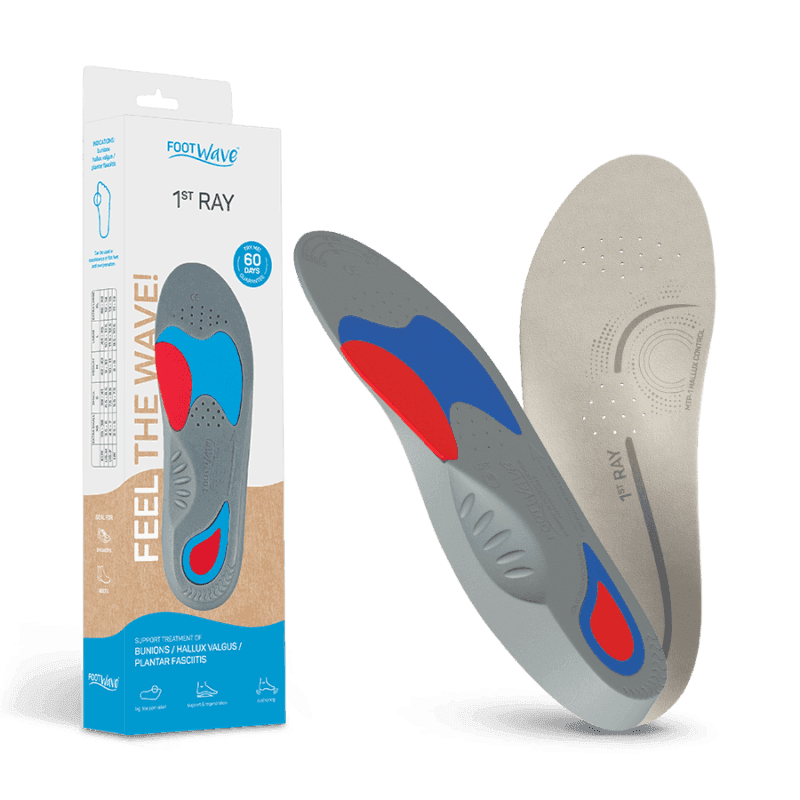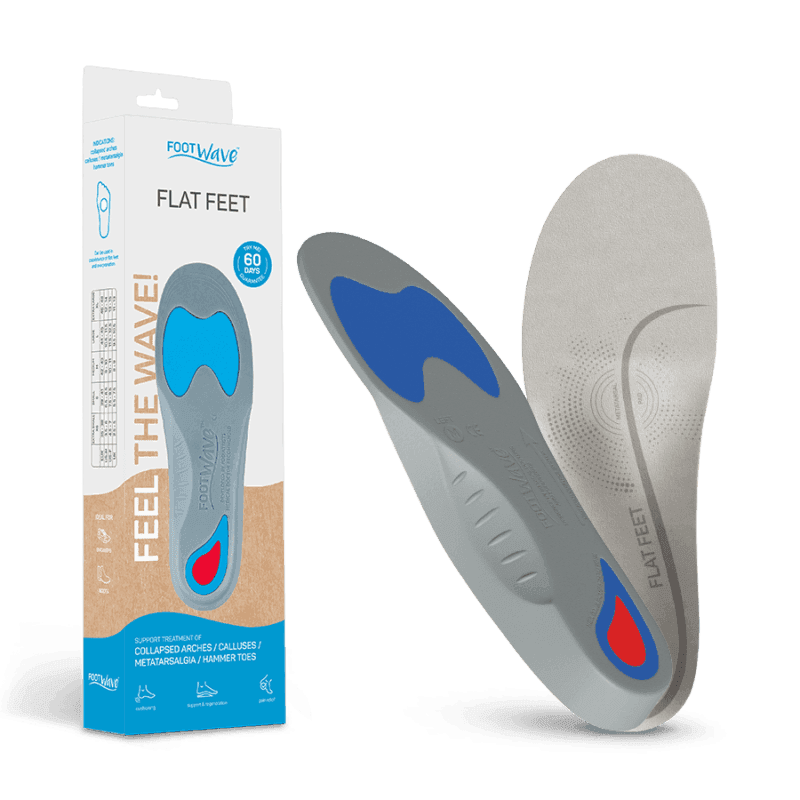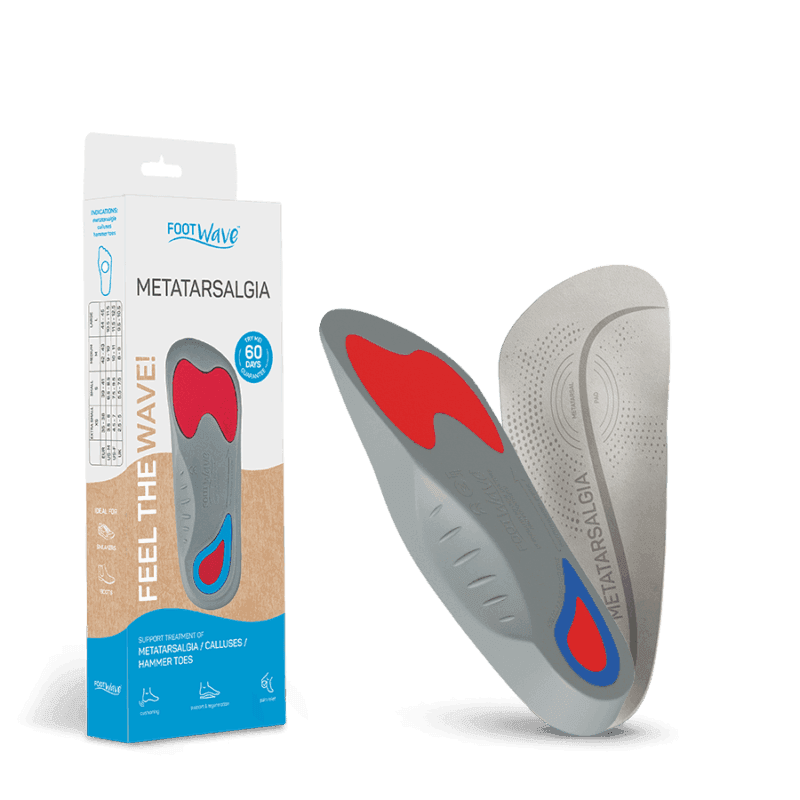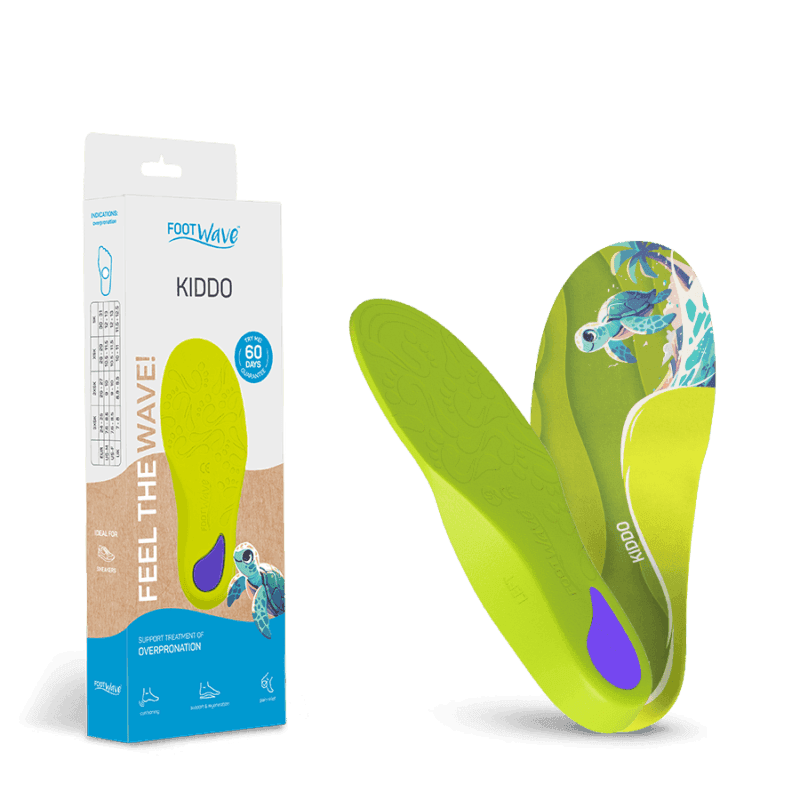Your feet are amazingly complex – each human foot has 26 bones, 33 joints, and over a hundred muscles, tendons, and ligaments working together. This intricate foot bone structure forms the foundation for your entire body, supporting your weight and helping you balance with every step. When all these bones and soft tissues are properly aligned and functioning, you not only move comfortably but also protect your knees, hips, and spine from strain.
In this article, we’ll break down the basics of human foot anatomy in clear terms so you can appreciate how your feet work and how to keep them healthy. We’ll look at the anatomy of the top of the foot and the bottom of the foot, explaining how different parts like bones, arches, muscles, and tendons contribute to stability and movement. You’ll also learn why understanding foot anatomy matters when choosing orthopedic insoles for better support. By the end, you’ll know how to care for your feet and choose the right solutions (like FootWave™ dynamic insoles) to stay comfortable and active.
Foot Bone Structure: How Many Bones Does a Human Foot Have?
From heel to toe, the foot is divided into three main sections (hindfoot, midfoot, and forefoot), each containing specific bones that make up the foot’s structure:
- Hindfoot (rearfoot) – This is the back part of your foot. It includes the ankle bone (talus) and the heel bone (calcaneus), along with a set of small bones such as the cuboid and three cuneiform bones.
- Midfoot – The midfoot is formed by five long metatarsal bones. These connect the hindfoot to the toes and help form the arches in the middle of your foot.
- Forefoot – The forefoot is made up of the toe bones, which are called phalanges. There are 14 phalanges in total (two in the big toe and three in each smaller toe).
All together, one foot has 26 bones in these sections. These bones are held together by 33 joints, which give your foot the flexibility to move and adapt to different surfaces. The foot actually contains a mix of long bones, short bones, and even tiny sesamoid bones (small round bones embedded in tendons under the ball of the foot). All of these work in concert to maintain balance and support your body’s weight. It’s pretty amazing that when your foot’s bone structure is properly aligned, it evenly distributes your weight and absorbs shock with every step!
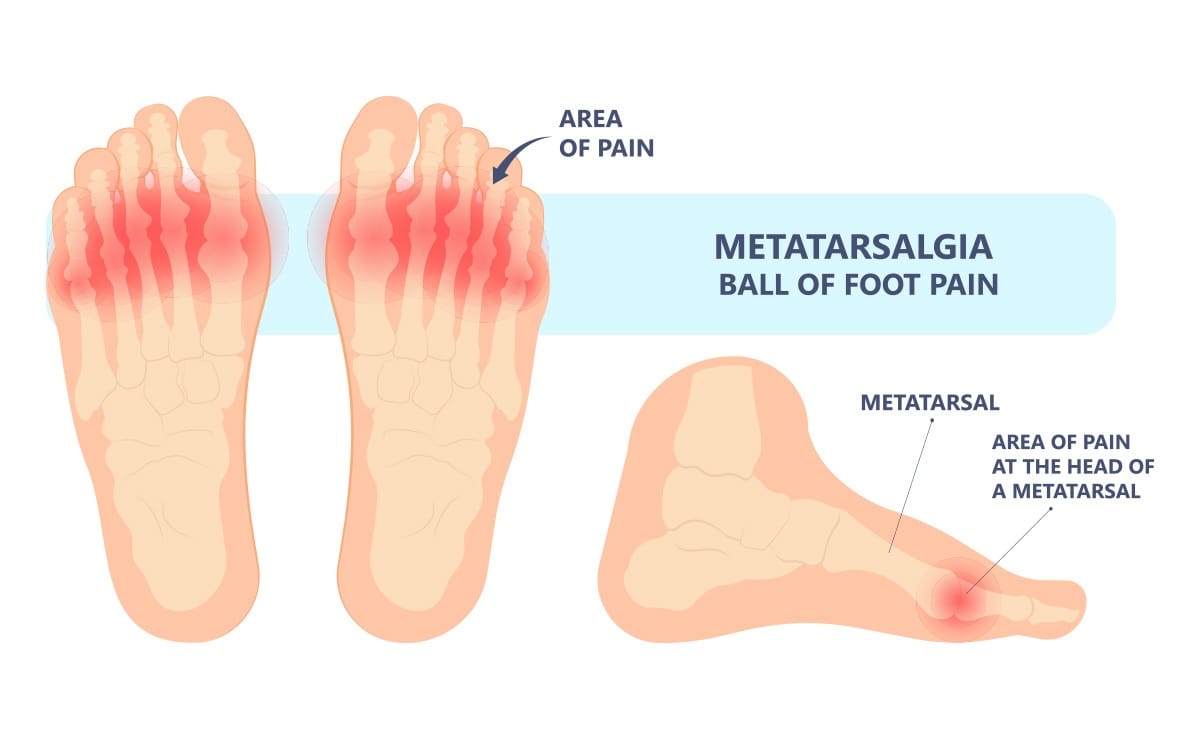
Top of the Foot Anatomy: Dorsal Muscles and Tendons
It’s not just bones that keep us moving – our feet also rely on a network of muscles and tendons. The top of your foot (the dorsum) is crisscrossed with tendons and small muscles that help control your toes and maintain stability. When you lift your toes or flex your foot upward, the extensor tendons on the top of the foot spring into action. These rope-like tendons connect the muscles in your lower leg to your toes, allowing you to wiggle and raise them. The small intrinsic muscles on the top of the foot work together with these tendons to fine-tune movements and keep your foot steady as you walk.
Some of the tiny muscles between the long bones of your foot (called interosseous muscles) also contribute to precise toe movements and balance. They help spread your toes and support the foot’s structure during motion. You might even notice a pulse on the top of your foot – that’s the dorsalis pedis artery carrying blood to the front of your foot. All these dorsal (top-side) structures work in harmony to ensure you can move your foot with accuracy and keep your balance on various surfaces.
Bottom of the Foot Anatomy: Arches and Plantar Structures
The bottom of your foot (the sole or plantar side) contains the structures that support your weight and absorb shock. One of the most important features here are the foot’s arches. There are actually three arches along the bottom of the foot – two that run lengthwise (along the inner and outer sides of your foot) and one that runs across the foot. These arches give your foot its characteristic curved shape. Every time you stand, walk, or run, the arches act like springs to cushion the impact and help distribute your body weight evenly.
Running from your heel to the base of your toes is a thick, fibrous band called the plantar fascia. Think of it as a supportive bowstring under the arch. This ligament helps hold up the arches and connects the heel bone to the forefoot. (When the plantar fascia gets irritated or inflamed, it leads to pain known as plantar fasciitis, or “heel spur” pain.) The sole of your foot also contains layers of plantar muscles that aid in supporting the arches and enabling push-off when you walk. These muscles — along with multiple ligaments — tighten to maintain the arch shape and stabilize your foot with each step. Together, the arches, plantar fascia, and muscles on the bottom of your foot keep your foot resilient, so it can handle daily activities without pain.
What Are the Foot’s Functions in Everyday Movement?
Your feet are the foundation of your body. In daily life, they support the entire weight of your body and absorb the impact that comes from walking, running, and standing. Think about it: every time you take a step, your foot helps cushion the jolt so your knees, hips, and spine don’t have to. At the same time, your feet provide stability and balance, adjusting to uneven surfaces and helping you propel forward with each stride.
To do all this, the foot’s bones, joints, muscles, and ligaments must work together in perfect harmony. The foot’s many joints and ligaments, along with the muscles on the top and bottom of your foot, keep everything aligned properly with the ground. If any part of this system isn’t working correctly – say, if your arch collapses or a tendon is weakened – your foot can develop strain or even deformities over time. One especially important bone is the talus (ankle bone), which connects your foot to your lower leg. Its stability is crucial for the alignment of your entire leg – when the talus is misaligned, it can throw off your posture and gait.
Certain points on the bottom of your foot bear most of your body’s weight – notably the heel and the ball of your foot. If these weight-bearing spots are properly aligned, your arches stay lifted and your steps feel comfortable. But if your foot alignment is off, it can lead to flat arches and pain. In short, when all the elements of your foot’s anatomy work correctly, they form the basis of healthy, pain-free movement.
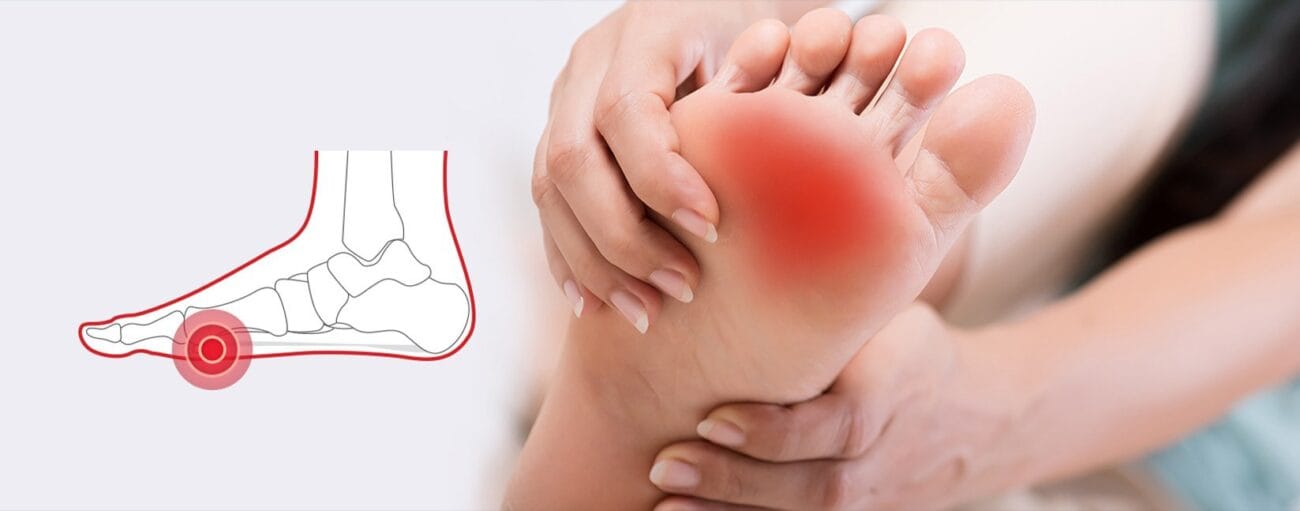
Why Does Foot Anatomy Matter When Choosing Orthopedic Insoles?
No two feet are exactly alike – each of us has a unique foot shape. We differ in how high our arches are, the angle of our heel bone, the width of our forefoot, and even the shape of our joints. That’s why picking an insole isn’t just about your shoe size; it needs to match the anatomy of your foot. A pair of insoles that works for someone with high arches might not work for someone with flat feet. You should also consider any specific foot issues or pain you have (like bunions, plantar fasciitis, or hammertoes) because the right orthopedic insole can help accommodate or relieve those problems.
FootWave™ insoles are designed with foot anatomy and biomechanics in mind, and they cater to concrete needs. For example, FootWave offers models targeting different foot structures and conditions:
- FootWave™ FLAT FEET – designed for people with low arches or flat feet. This insole supports the fallen arch and takes pressure off overstressed areas of the foot.
- FootWave™ PLANTAR FASCIITIS – built with a soft heel cushion for extra shock absorption. It’s recommended for heel pain from heel spurs and plantar fasciitis (inflammation of the plantar fascia).
- FootWave™ 1st RAY – corrects the alignment of the big toe in cases of bunions (hallux valgus). It helps stabilize the forefoot (front of the foot) and relieves pressure under the ball of the foot.
- FootWave™ SUPPORT – ideal for feet that overpronate (roll inward excessively). It controls the heel position and supports proper movement of the ankle joint, preventing the arch from collapsing.
- FootWave™ SPORT – provides dynamic arch support for active people. It adapts to movement, helping reduce strain and absorb shocks during sports or exercise.
By choosing an insole that matches your foot’s anatomy and needs, you ensure better comfort and effectiveness. The right insole can align your foot properly, ease pain, and even improve your overall posture when you walk.
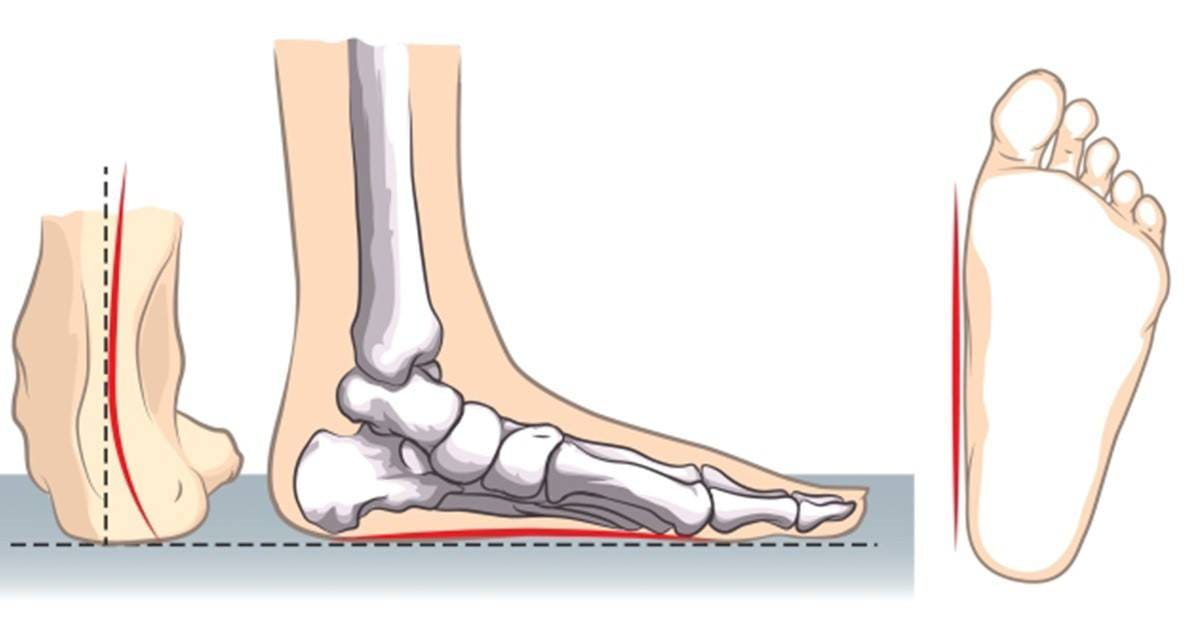
Orthopedic Insoles for Children: Why Are They Important?
Children’s feet grow and change quickly. During childhood, the foot’s structure develops dynamically – the alignment of the bones shifts, the arch of the foot takes shape, and the tension in muscles and ligaments changes as kids grow. This rapid development means it’s easy for small irregularities or misalignments to appear. If unnoticed or left uncorrected, those issues can affect a child’s posture and agility later in life. That’s why it’s a good idea to monitor your child’s foot development and use appropriate insoles or supports if needed.
FootWave™ offers specialized pediatric insoles designed to guide healthy foot growth. Models such as FootWave™ KIDDO, KIDDO SUPPORT, and KIDDO SUPPORT MAX are made for kids. They help maintain the proper arch of the foot, stabilize the hindfoot (back of the foot), and correct any improper alignment of the heel bone. By keeping the foot in a good position, these insoles help prevent the development of postural problems and reduce undue strain on the knees and hips as a child grows. In short, well-chosen insoles can set children up for healthier feet and better posture in the long run.
What Are the Different Types of Orthopedic Insoles?
Not all orthotic inserts are made the same. Generally, orthopedic insoles can be grouped by how much support or flexibility they provide:
- Static insoles (rigid) – These traditional insoles are firm and hold your foot in a fixed position. They provide strong support and stabilization but can feel hard; they’re often custom-made for specific foot issues.
- Semi-rigid insoles – As the name suggests, these have a blend of support and slight flex. They help guide the foot’s motion while still offering some cushioning and give. They’re a middle ground between hard and soft insoles.
- Soft insoles – These are cushiony and designed for comfort or minor support. Often made of foam or gel, soft insoles absorb shock and reduce pressure points. They’re commonly used to add comfort or for sensitive feet (for example, diabetics may use soft insoles to prevent irritation).
- Dynamic insoles – A newer solution, dynamic insoles (like FootWave™ insoles) are designed to flex and move with your foot. Their construction adapts to the motion of your foot, actively supporting your arches and encouraging a natural gait. This means they offload pressure from sensitive areas (such as the heel or ball of foot) and work in sync with the natural movement of your foot joints.
- Dynamic insoles – A newer solution, dynamic insoles (like FootWave™ insoles) are designed to flex and move with your foot. Their construction adapts to the motion of your foot, actively supporting your arches and encouraging a natural gait. This means they offload pressure from sensitive areas (such as the heel or ball of foot) and work in sync with the natural movement of your foot joints.
Modern dynamic insoles are popular because they don’t just passively cushion your foot – they actually help improve how your foot functions. By supporting the foot during movement, a dynamic insole can reduce fatigue and prevent strain, all while feeling more natural underfoot.
What Are the Different Types of Orthopedic Insoles?
You might wonder if special insoles are only for people with diagnosed foot problems. In fact, orthopedic insoles can benefit a wide range of people – even those who are otherwise healthy – by enhancing comfort and helping prevent future issues. They are particularly recommended for:
- People who stand or walk for long hours – If your job keeps you on your feet all day (nurses, teachers, retail workers, chefs, etc.), your feet and joints endure a lot of stress. Insoles can help distribute pressure, reducing aches in your heels, arches, and even your lower back after a long day.
- Athletes and active individuals – For those who run, exercise, or play sports regularly, the right insoles can improve foot and ankle stability. This not only boosts performance but also lowers the risk of injuries or overuse strains by providing proper support during high-impact activities.
- Seniors – As we age, our feet naturally undergo changes. Arches may flatten, and muscles and ligaments can weaken, often leading to flat feet or other painful conditions. Orthopedic insoles can help older adults by giving the arch extra support and cushioning, which eases discomfort and can slow down the progression of foot deformities or arthritis.
The bottom line is that many people can enjoy a better quality of life with well-fitted insoles. By using the right support – for example, FootWave™ FLAT FEET for fallen arches, FootWave™ PLANTAR FASCIITIS for heel pain, or FootWave™ 1st RAY for bunions – you can relieve tired, achy feet, improve your foot alignment, and reduce pain. This translates into greater comfort with every step and helps you stay active on your feet each day.
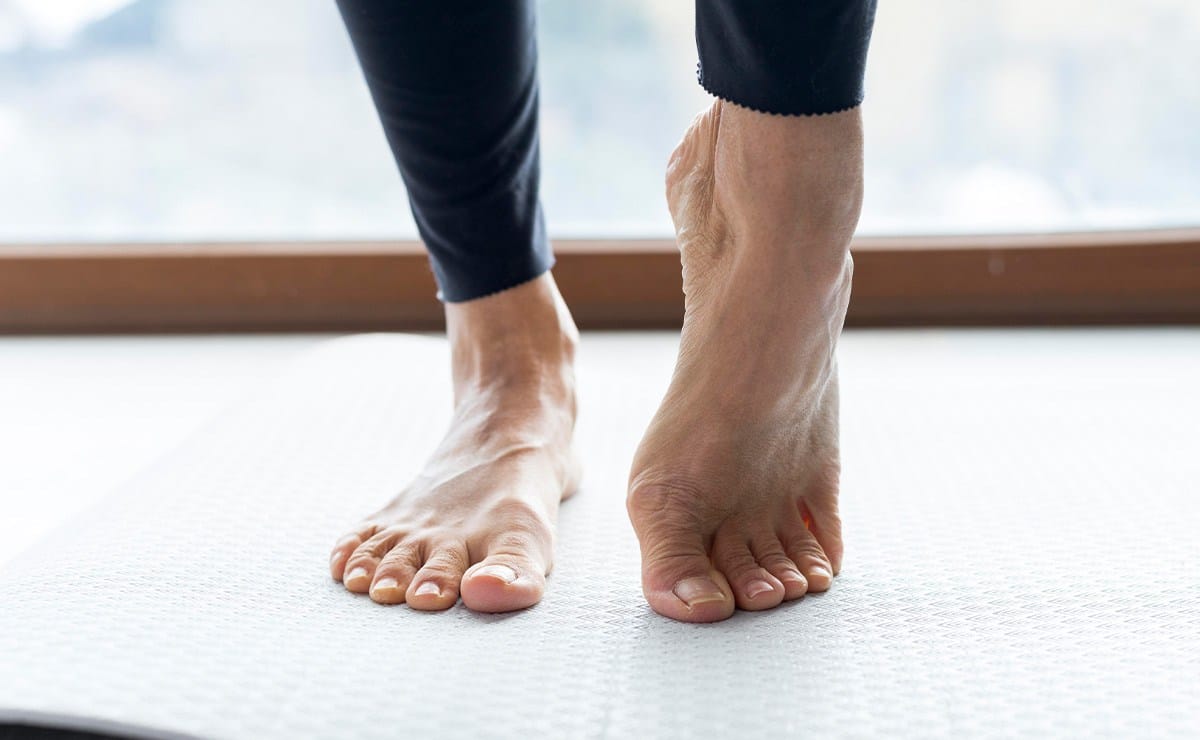
How to Care for Your Feet – Summary
Your feet are a precision-engineered part of your body, made up of many bones, joints, tendons, and ligaments that all must work together for you to stand and move comfortably. To keep them healthy and pain-free, it’s important to give them proper support. One of the best ways to care for your feet is by using orthopedic insoles that are tailored to your individual foot anatomy, heel alignment, and lifestyle needs.
FootWave™ offers a wide range of specialized, dynamic insoles – from preventative and corrective models for common foot issues, to sport performance insoles, to dedicated solutions for children. With the right insole, you can effectively take care of your feet, support proper posture, and avoid undue strain, keeping you comfortable every day.
Key Takeaways for Healthy Feet:
- Each human foot contains 26 bones, plus dozens of joints and over a hundred muscles, tendons, and ligaments. All these components work together to support your body and enable movement.
- The foot has three natural arches that act as shock absorbers. Keeping those arches supported (especially if you have flat feet or high arches) is crucial for balance and reducing stress on your knees, hips, and spine.
- Foot anatomy varies from person to person – factors like arch height, foot width, and heel alignment mean an insole should be chosen to fit your foot, not just your shoe size.
- Orthopedic insoles come in different types (rigid, semi-rigid, soft, dynamic). Modern dynamic insoles (like FootWave™) move with your foot and provide active support, which can relieve pressure and improve your gait.
- The right insoles can benefit everyone from people who stand all day, to athletes, to seniors, not only those with serious foot problems. They enhance comfort, help prevent injuries, and ease pain from conditions like plantar fasciitis, bunions, or general fatigue.
- Taking care of your feet with proper support and well-fitted insoles will pay off with better posture, less pain, and more enjoyment in your daily activities. Remember: when your feet feel good, you feel good!


